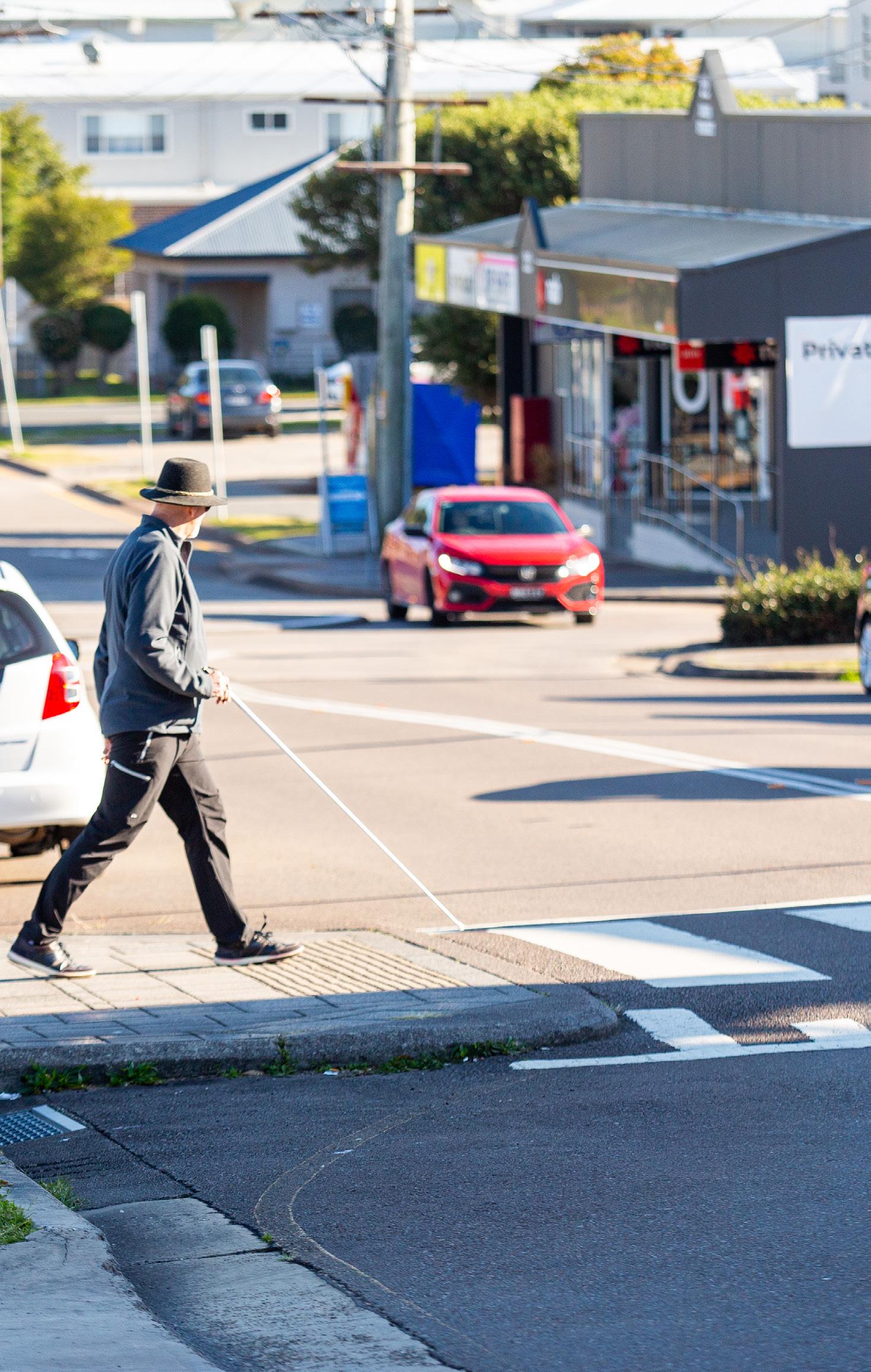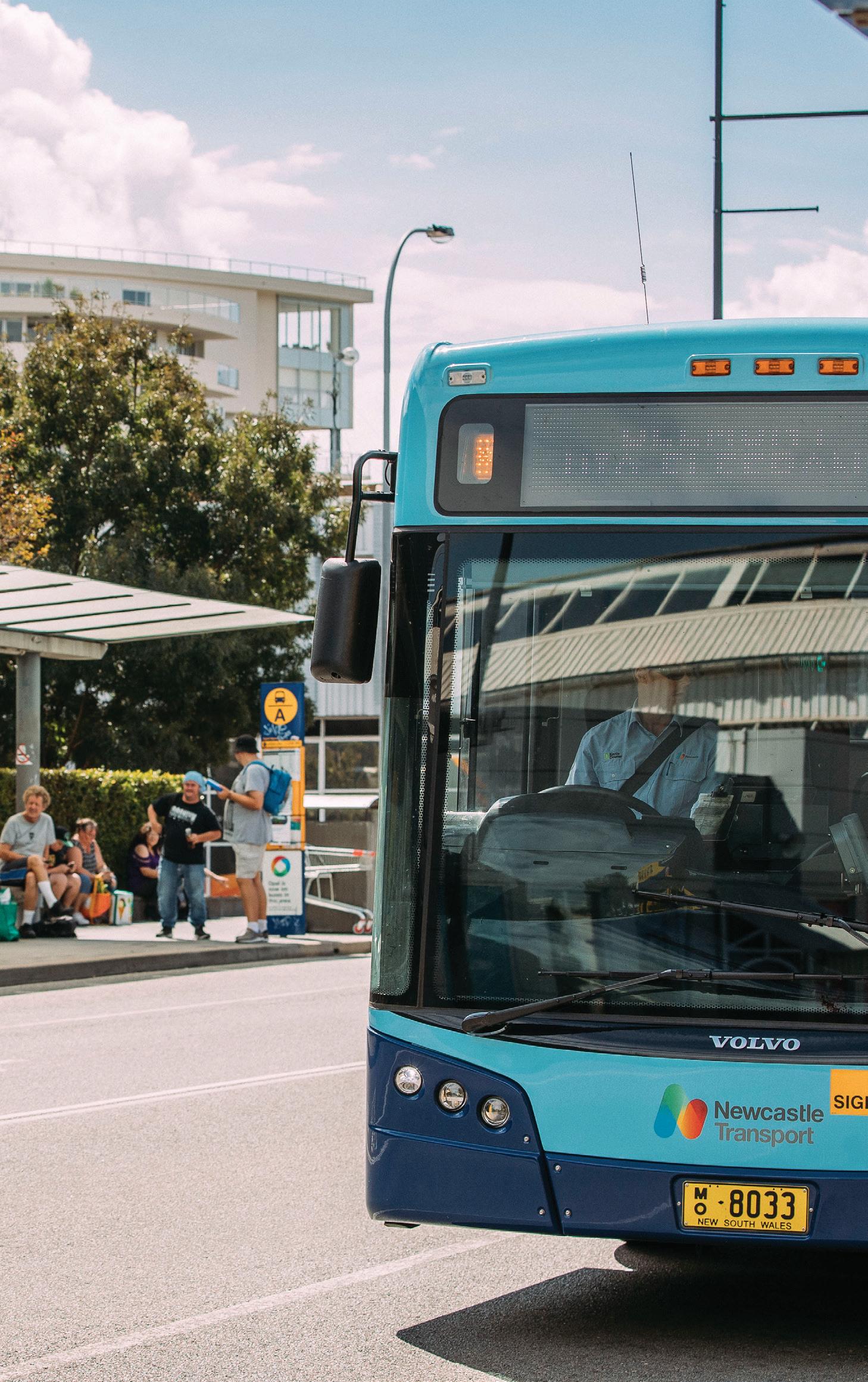
3 minute read
Planning and design principles
Our planning and design principles guide the delivery of pedestrian, cycling and road infrastructure. Our principles also speak to how we plan our city more broadly, and we’ll apply them when planning for streets and places. People will walk and cycle when it is appealing and when they have the confidence to do so. This means walking and cycling is convenient, direct and preferable to other ways of getting around. It means having the right infrastructure and reducing perceptions of risk and actual danger. Improving appeal is also about enabling people to live close to where they work, shop and access services. Managing car parking is also important. To implement these principles, Council has adopted other plans including the Local Strategic Planning Statement, Housing Strategy and Parking Strategy.
What is within Council’s control?
check-circle Identifying land suitable for housing, employment, recreation check-circle Managing population density In line with NSW
Government directions check-circle Footpaths, street trees and cycling facilities on local streets and behind the kerb on State roads check-circle Pedestrian refuges and crossing facilities where
NSW requirements can be met check-circle Off-street ‘green network’ links such as the
Fernleigh Track (subject to land ownership) check-circle Traffic calming check-circle Managing public parking check-circle Setting requirements for road design, pedestrian and cycling facilities and car parking in new subdivisions and building developments check-circle Bus stop infrastructure
What is not within Council’s control?
times Speed limits (Council can apply to NSW
Government for lower speeds in certain areas) times Speeding vehicles (NSW Police) times Location of bus stops times Bus routes
PLANNING AND DESIGN PRINCIPLES
Low-stress and vehicle safe speeds
People have different perceptions of what feels safe or stressful for them. Pedestrian and cycling infrastructure that minimises interaction with vehicles and risk of traffic-related injury gives people of all ages and abilities more transport choices.
Intuitive, visible, logical and direct
Streets and paths should be easily navigable, forming a convenient and coherent route and linking people directly to where they want to go.
Accessible and comfortable
Streets and paths meet accessibility standards where pedestrian access is required. Surfaces and transitions are smooth and provide ample width and turning space for intended users. Separate or give more room to pedestrians and cyclists in areas of higher pedestrian activity.
Connected, with many choices
Multiple routes should be available for people to move between key destinations. This is especially important for pedestrians, where travel time is impacted by limited choices.
Sheltered, cool and leafy
Street trees and building awnings provide protection from the sun and inclement weather.
Well-loved and intriguing
People are attracted to beautiful and interesting streets and places and are more likely to walk and cycle and feel safe where other people are also present. Encourage active building frontages and spaces for play and rest, and provide greenery and public art.
Safe and inviting
Design for more ‘eyes on the street’, careful placement of public lighting and many entry and exit points to offstreet paths, to reduce the likelihood of crime and help people feel safe.
More shops and services closer to home
People are more likely to walk and cycle when there are lots of places to visit and things to do nearby that many people can reach within an easy distance (generally 10-20 minutes). Plan existing and new neighbourhoods to provide local facilities within walking and cycling distance.
Inviting and convenient public transport
Every trip on a bus or train involves walking or use of assisted mobility and in some cases cycling. People are more likely to walk and cycle when public transport is frequent, reliable and comfortable.
Balance parking with other needs
Manage the supply and demand of car parking in such a way that ensures local places continue to thrive and the safety and accessibility needs of pedestrians, cyclists and people with disability are met.







